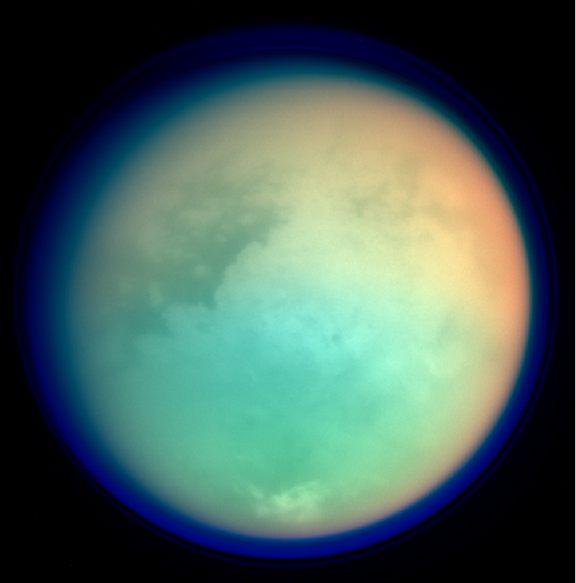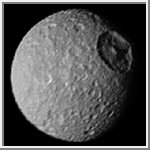onedomino
SCE to AUX
- Sep 14, 2004
- 2,677
- 482
- 98
An amazing technological achievement; NASA penetrates Titan's cloud cover with orbital imaging radar: http://www.jpl.nasa.gov/
Follow along with the video below to see how to install our site as a web app on your home screen.
Note: This feature may not be available in some browsers.
 i love this kind of stuff
i love this kind of stuffonedomino said:Titan is beautiful.


Hobbit said:Dude, check out Mimas, a moon of Saturn.

It's the Death Star!!!
